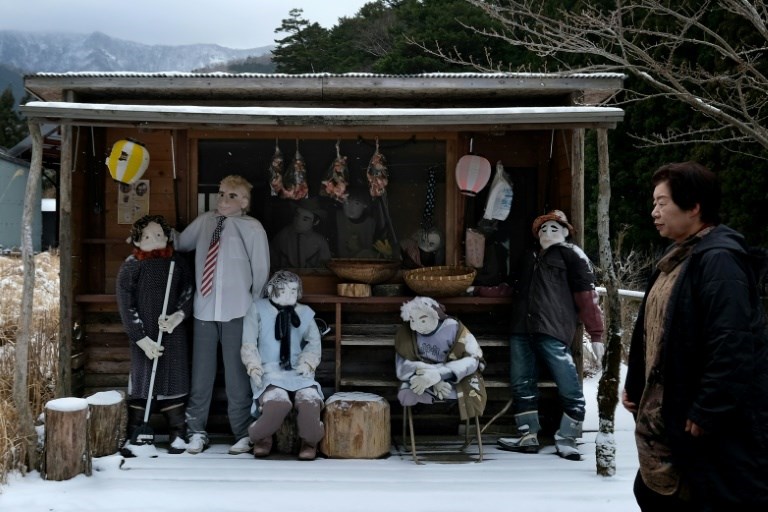Housing is too expensive, there’s too much traffic, parking is horrific, hiking paths are flooded with pedestrians and lineups clog our favourite climbing crags or bike trails.
It’s totally understandable to complain about growth. I do it all the time.
We are lucky enough to be in a small slice of paradise, and it can be hard to share, especially when that means having garbage, feces and other unpleasantries become an increasingly common problem.
A look at our streets and bustling schools show so many kids are growing up here, but there are no daycare spots for many families.
Not only is some of Squamish’s small-town charm being hurt by the influx of more and more people moving in, it’s also pricing out a lot of people, who are choosing to pack up and move to places like Powell River.
By all accounts, growth can be quite a negative force.
Many of us — myself included — have probably suggested desperately mashing the stop button.
But I think many of us should be careful what we wish for.
Yes, we should be on guard against the negative effects of growth, but we should remember that there are problems when a community stops growing.
In one poignant report by The New York Times, a reporter journeyed to the small community of Nagoro, Japan.
The journalist, Motoko Rich, begins by describing what she sees as she arrives in the community.
“There’s what appears to be an old woman crouched over in a field. There looks like this guy is kind of shaking chestnuts out of a tree. There are a couple of construction workers on a cigarette break,” she said.
But then she had an unsettling realization.
“They all have button eyes and little mouths. They actually look quite lifelike. And you realize, they’re all [human-sized] dolls.”
Those were not the only inanimate people that she saw.
Dolls were also present in the classrooms of the school, which was now devoid of children.
It was a place where the birth rate had fallen to zero, and one resident of the town had decided her community looked so desolate, she started placing these figures to help give it the illusion of vibrancy.
There are only a couple dozen people left in Nagoro, and none of them are young enough to be of child-bearing age. By all accounts, it seems like it will disappear.
One can only imagine what kind of place this is.
Are there businesses there to provide service and entertainment?
Are there people to meet and laugh and have fun with?
Does a place like this have functioning healthcare and infrastructure?
I realize that this is an extreme example, but there was a time in Squamish’s history when it certainly had the opposite problem of growth.
When the old Woodfibre mill shut down, and the bustling forestry industry that was the mainstay of the town started to falter, there were probably many people who feared for its future.
Look at what happened to the original town of Woodfibre. It is now but a memory.
It’s hard for me to say whether this is good or bad, but next time we complain about growth, it’s worth noting the consequences of having the opposite problem.




